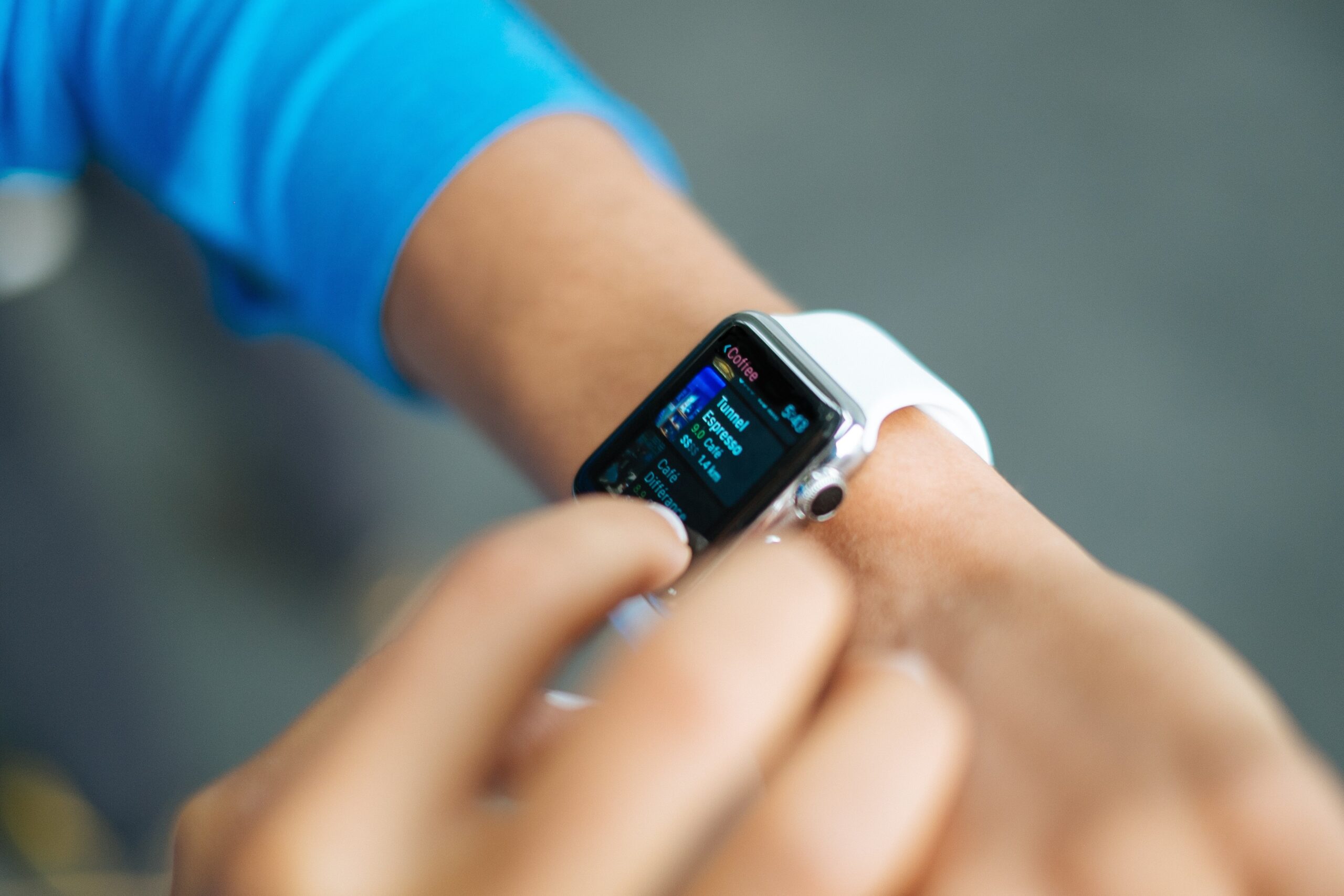For busy, working parents, parents of children who take public transportation to school, parents of children with special needs and parents who simply want to know where their children are in case of emergencies, more and more GPS devices promise to track a child’s location and broadcast it to the parents’ phones. These watches, wristbands and phone-sized devices are immediately attractive to a worried parent. Many offer features beyond tracking, including communication, distress signals, augmented reality, water sensing and more. What parent doesn’t want to better protect the children by keeping them away from dangerous places and situations?
But any electronic device is susceptible to hackers and a GPS-enabled communication device attached to a child is dangerous in the wrong hands. How can a parent weigh the benefits of knowing their child’s location with the risks of exposing that location to hackers?
It starts with considering the situation: is a GPS tracker really the solution to a concerned parent’s worries? Of course, there are unquestionably situations that call for better surveillance of a child’s location, like parents who work and children who travel to school by themselves. Communication and awareness are essential to a child’s safety. If used responsibly, this monitoring-from-a-distance could even give a child of a certain age more freedom without sacrificing protection.
It is already becoming common for pre-teens to have their own smartphones. A parent can use the phone’s built-in features to track the child’s location. Cell carriers also offer tracking features, such as AT&T’s FamilyMap and Verizon’s Family Locator.
But for a younger child without a GPS-enabled phone, a GPS tracker designed for kids might be a quick way to better peace of mind. A parent who’s shopping for these trackers (or who’s already using one) needs to understand the risks, where they come from and how to defend against them.
Norwegian researches tested four kids’ smartwatches last year and were surprised at the lack of security of the devices. They were able to hack into them relatively easily, collect private information, view the user’s location and even send false location info to the parent’s phone. One watch’s SOS function didn’t work. Some of the watches’ data was transmitted without encryption.
A serious point of danger in some watches is their communication ability. Watches that allow the parent and child to communicate via voice or text can also allow hackers to communicate with the child, pretending to be someone they know.
Last year, the European Consumer Organization’s (BEUC) published a warningagainst smartwatches designed for children. The German telecom agency, Bundesnetzagentur, banned the watches and asked parents to destroy any they’d already purchased. And the FBI issued a general warning against internet-connected devices and the privacy risks that come with them.
It is important to choose a device from a reliable or expert-endorsed company that focuses on security and privacy.
Verizon sells its GizmoGadget for $150. It displays up to ten contacts for one-touch voice calling or sending short text messages. It’s waterproof, comes in different colors and even features mini games and fitness challenges, all while tracking a child’s GPS location. AngelSense is a GPS and voice monitoring device designed specifically for children with special needs. It is packed with features beyond GPS tracking, including noise monitoring, voice calling, a timeline view of the child’s day, “runner mode” for a wandering child, an alarm, indoor location and more.
The truth is, smartwatches are internet devices that are vulnerable to skilled hackers and that store GPS data that could lead a dangerous person to a child. There are obvious benefits to using a device to track and locate a child at any time. But, at this early point in the devices’ development, parents should research carefully and choose security and reliability over features or price.





